With more than 30 million copies sold worldwide, most of us have either had this classic children’s book read to us when we were young, or read it to our own children. But now teachers are lashing out at The Rainbow Fish, saying it’s toxic.
For those who need a refresher, The Rainbow Fish is a children’s picture book written and illustrated by Swiss author and illustrator Marcus Pfiser and published in 1992. The story follows a Rainbow Fish, who has shiny, multicoloured scales, which are the envy of all the other fish.
So much so, that they won’t play with Rainbow Fish unless he gives them some of his glittering scales. Eventually he gives up all but one of his shiny scales to other fish, and they all end up having just one multicoloured shiny scale. And Rainbow Fish is happy. Seems pretty innocuous right? A story about sharing, about equality. Or is it?
For some time there’s been a bubbling undertow of criticism, which has once again resurfaced with educators taking to TikTok to share their concern.
“The illustrations are great and I think the author had good intentions,” explained primary school teacher Mr. Vương in his video.
But his main gripe with the book is that Rainbow Fish had to give up part of himself for the other fish to play with him.
“I think the story would have worked out better if they just played on Rainbow Fish’s character flaw, which was that he was not humble and that he thought he was better than everybody.
“But when Rainbow Fish said, ‘No’ and drew a boundary, all the other fish decided not to play with him. That made it more about how all the fish didn’t accept him because he didn’t give up his scales, rather than them responding to his stuck up behaviour. So he got acceptance when he gave up parts of who he was. He had to change to get others to like him.”
His sentiments were echoed by nursingtheoryprof: “We also hate this book in our house … we threw it away after we were given it as a gift after we realised that it basically says he had to give up parts of himself to buy friends.”
While 31-year-old librarian Abby doesn’t mince words, saying the book is her enemy.
“This book is my nemesis. This is why I hate this book: so this fish – The Rainbow Fish – has these glittering scales. And all the other fish hate him for it. Why? It gets worse. So, the Rainbow Fish goes around and he asks what he should do about everybody hating him and ultimately, it turns out that the other fish have decided that they want some of these shiny scales, because they’re jealous.
“So what’s the logical solution here? Clearly disembodiment. Yeah! So the Rainbow Fish decides that he’s going to remove his scale and share them with these jealous, angry fish. What? I seriously hate this book.”
While TikTok user Lilly Scott claims the book is ‘toxic’.
“This classic childhood book literally might be one of the most toxic books I’ve ever read. Don’t you think the lesson should be that if someone doesn’t want to be your friend because you’re not giving them something then … go make a different friend?”
Have you read this book to your kids? What’s your opinion. Let us know in the comments below.

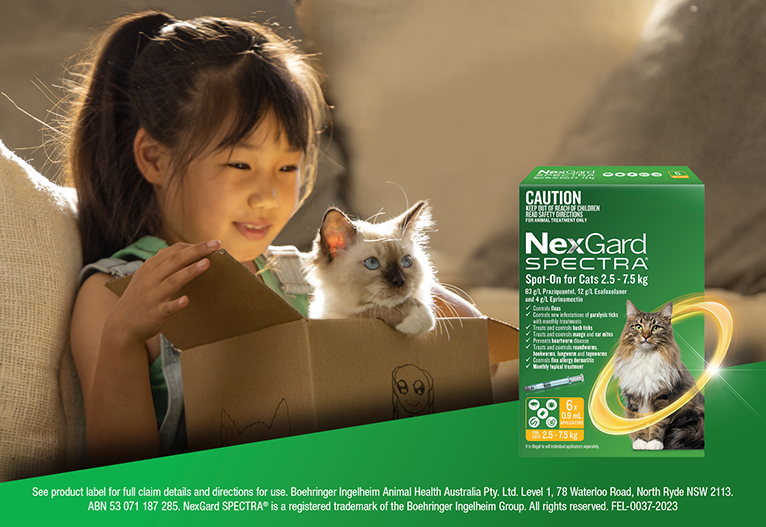

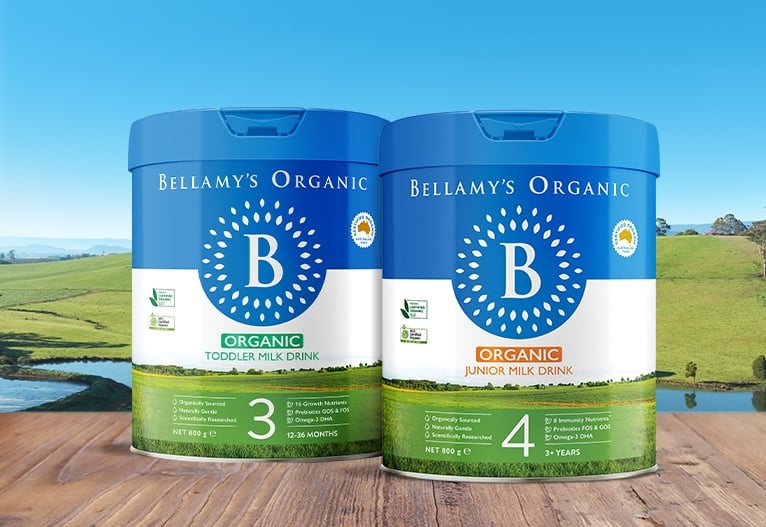
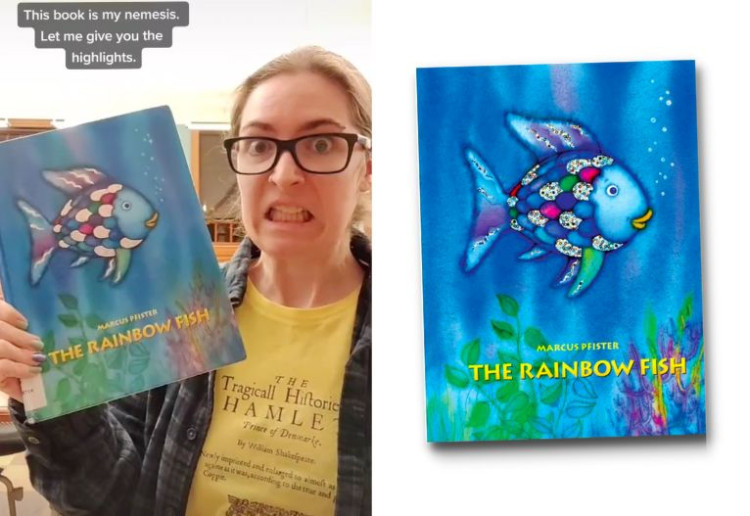
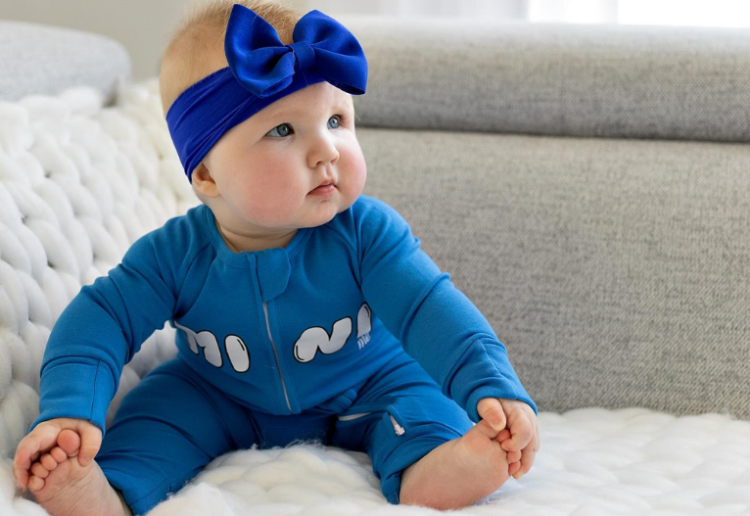



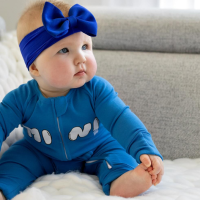


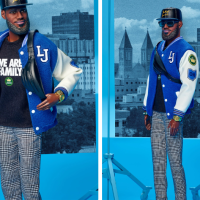





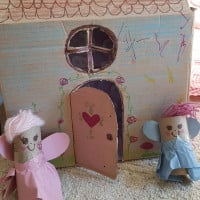
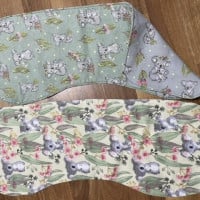

12:56 pm
2:40 pm
3:30 am
9:37 pm
2:25 am
9:29 pm
2:39 pm
12:58 pm
1:44 pm
9:45 am
-

-
-
-
mom492462 replied
- 28 Apr 2023 , 12:04 pm
Reply10:35 pm
7:19 pm
5:07 pm
9:54 pm
11:28 am
3:21 pm
3:09 pm
12:04 pm
4:22 am
12:46 am
- «
- 1
- 2
- 3
- 4
- »
Post a commentTo post a review/comment please join us or login so we can allocate your points.